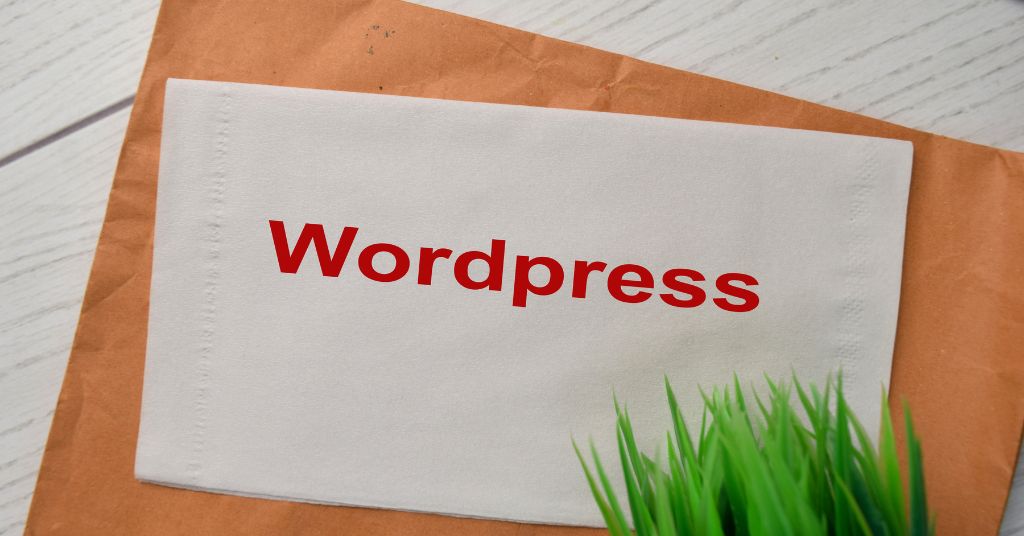In today’s digital age, website performance plays a crucial role in determining a website’s success. With millions of websites competing for attention, ensuring that your site performs efficiently can make a world of difference in user experience, SEO rankings, and ultimately, conversions. Faster website performance isn’t just a luxury; it’s a necessity for keeping visitors engaged and satisfied.
Website speed refers to how quickly the content of a page is loaded and displayed in a user’s browser. It’s influenced by various factors, including server speed, file sizes, and the number of elements on a page. A faster website means quicker loading times, smoother navigation, and a better overall experience for users. In this blog, we will explore why faster website performance is essential, how to improve it, and some tools that can help you achieve better performance.
Why Faster Website Performance Matters
- User Experience (UX)
The most immediate impact of slow website performance is the user experience. When visitors land on a website, they expect it to load quickly. If a page takes too long to load, visitors will likely become frustrated and abandon the site before they even see your content. Research by Google suggests that 53% of mobile users leave a site if it takes longer than 3 seconds to load. That means every second counts when it comes to retaining visitors.
A fast website not only ensures that users can access your content quickly, but it also improves their experience while navigating the site. Faster page loads mean smoother interactions with interactive elements like buttons, forms, and multimedia content, leading to higher engagement and fewer bounce rates.
- SEO Rankings
Website speed is one of the key ranking factors used by search engines like Google. Google’s algorithm takes page load times into account when determining how to rank pages. Websites that load slowly are less likely to rank well in search results compared to those that load quickly. If your website takes too long to load, it can negatively impact your SEO efforts, making it harder to drive organic traffic.
In 2018, Google rolled out the “Speed Update,” which made page speed a ranking factor for mobile searches. Since mobile traffic is now the majority of online traffic, the importance of faster website performance has only increased. Sites that load faster are more likely to appear at the top of search results, which means more visibility and more potential visitors.
- Conversion Rates
Faster websites also tend to have higher conversion rates. When a website loads quickly, users are more likely to complete desired actions, such as making a purchase, signing up for a newsletter, or filling out a contact form. According to research by Akamai, a 100-millisecond delay in page load time can reduce conversion rates by 7%. Slow websites are often seen as untrustworthy or poorly maintained, which can deter users from following through on a purchase or other conversions.
- Mobile Performance
As mobile traffic continues to outpace desktop traffic, faster website performance has become even more critical. Mobile devices are typically less powerful than desktops, which means that slow-loading sites can be particularly frustrating for mobile users. Optimizing for speed on mobile devices is essential for maintaining a positive user experience and improving your chances of ranking well on search engines.
- Competitive Advantage
In a competitive digital landscape, website performance can be the deciding factor between a user choosing your website or your competitor’s. If a competitor’s website loads faster and offers a smoother browsing experience, users may be more inclined to stay on their site rather than yours. By investing in faster website performance, you’re essentially gaining a competitive edge that can help you outperform others in your industry.
How to Improve Website Performance
Improving website performance involves several strategies and techniques that can be applied to enhance the speed and responsiveness of your site. Here are some of the most effective methods:
1. Optimize Images
Images are one of the most common causes of slow page loading times. High-resolution images, while visually appealing, can significantly increase page load times if they are not optimized properly. To ensure faster website performance, it’s important to compress images without sacrificing quality. Tools like Adobe Photoshop, TinyPNG, and ImageOptim can help reduce the file size of images without losing quality.
Additionally, using modern image formats like WebP can further reduce the size of your images while maintaining high visual quality. Make sure to implement responsive images, so that images are served in the appropriate size for different screen resolutions.
2. Leverage Browser Caching
Browser caching is a technique that allows the browser to store certain elements of your website (such as images, CSS files, and JavaScript files) in a user’s local storage. When a user returns to your website, these cached files can be quickly loaded from the local storage, rather than downloading them again from the server. This results in a faster load time for repeat visitors.
By setting an expiration date for cacheable resources, you can ensure that browsers store files for a longer period, reducing the need for re-downloading on subsequent visits.
3. Minimize HTTP Requests
Every element on a webpage (images, scripts, stylesheets, etc.) requires an HTTP request to be loaded. The more HTTP requests your page has to make, the slower it will load. Minimizing the number of requests is one of the most effective ways to improve faster website performance.
You can reduce HTTP requests by combining CSS and JavaScript files, using CSS sprites for images, and removing unnecessary elements from your webpage. Reducing the number of elements that need to be loaded ensures that your website performs better.
4. Use a Content Delivery Network (CDN)
A Content Delivery Network (CDN) is a network of servers located in various geographic locations. By using a CDN, your website’s static resources (like images, JavaScript, and CSS files) are stored on servers that are geographically closer to the user. This reduces the time it takes for the resources to travel from the server to the user’s browser, improving loading times.
Using a CDN not only enhances faster website performance but also helps to reduce the load on your web server, improving its overall speed and reliability.
5. Enable Compression
Gzip compression is a widely used method for reducing the size of your website’s files. By compressing files such as HTML, CSS, and JavaScript, you can significantly reduce the amount of data transferred from the server to the user’s browser. This results in faster load times and a better overall user experience.
Most modern browsers support Gzip compression, and enabling it is relatively simple. You can configure your web server to automatically compress files before sending them to users.
6. Optimize CSS and JavaScript
Minifying your CSS and JavaScript files can also contribute to faster website performance. Minification removes unnecessary characters (such as spaces and line breaks) from code, reducing the file size without affecting functionality. Additionally, consider deferring non-essential JavaScript or using asynchronous loading to prevent it from blocking the rendering of the page.
7. Choose the Right Hosting Provider
Your hosting provider plays a crucial role in your website’s performance. If your website is hosted on a slow server, no amount of optimization will help you achieve optimal performance. Choose a reputable hosting provider that offers fast servers, good uptime, and high performance.
For sites with high traffic, consider using a Virtual Private Server (VPS) or a dedicated server instead of shared hosting. These hosting options provide better performance and more resources, ensuring that your website can handle spikes in traffic without slowing down.
Tools to Measure and Monitor Website Performance
Several tools can help you monitor and improve your website’s performance. Here are a few popular ones:
- Google PageSpeed Insights – This tool analyzes your website’s performance and provides suggestions for improvement.
- GTmetrix – GTmetrix offers detailed performance reports, including suggestions for improving load times.
- Pingdom – Pingdom tests your website’s speed from multiple locations around the world and provides a performance score.
- WebPageTest – WebPageTest allows you to test your site’s speed from different browsers and devices.
Conclusion
Achieving faster website performance is essential in today’s competitive online landscape. A faster website leads to a better user experience, improved SEO rankings, and higher conversion rates. By optimizing your images, leveraging caching, minimizing HTTP requests, using a CDN, enabling compression, and selecting the right hosting provider, you can significantly improve your website’s speed and performance.
Remember, every second counts when it comes to website speed. By investing in performance optimization, you ensure that your site remains competitive, accessible, and user-friendly, giving you a better chance to succeed in the digital world.


